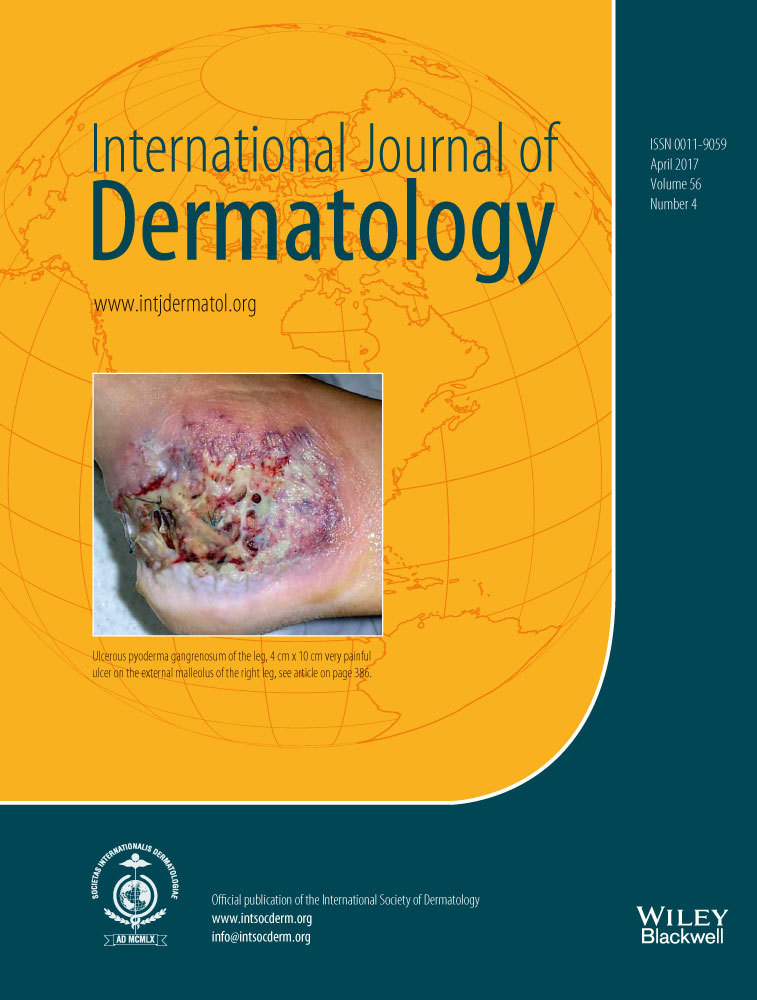Acute generalized exanthematous pustulosis: clinical characteristics, etiologic associations, treatments, and outcomes in a series of 28 patients at Mayo Clinic, 1996–2013
Abstract
Background
Acute generalized exanthematous pustulosis (AGEP) is a rare skin condition typically caused by medications. The objective of this study was to examine the clinical features, causes, and outcomes of AGEP at a sole tertiary care center.
Methods
A retrospective review of patients with AGEP (European Study of Severe Cutaneous Adverse Reactions score of ≥ 5) seen at Mayo Clinic (Rochester, MN, USA) between January 1, 1996, and December 31, 2013, was conducted.
Results
Of 28 patients (mean age at onset: 56 years), 17 (61%) were women. The development of AGEP was attributed to medications in 25 patients (89%), with clindamycin the most common culprit (six patients). Three patients (11%) had mucous membrane involvement, and 21 (75%) showed systemic involvement. Ten patients (36%) received systemic corticosteroids for treatment of AGEP. Skin findings resolved within 15 days in 26 patients (93%) (mean time to resolution: 7.6 days). In three patients (11%), generalized skin eruptions or dermatitis developed weeks to months after the resolution of AGEP. Twenty-four patients (86%) had a personal history of drug reactions before the development of AGEP.
Conclusions
A previous history of drug reactions and clindamycin causation were more common in the present cohort than in prior reports. A small subset of patients experienced new-onset non-AGEP skin eruptions within a few months of the resolution of AGEP.




